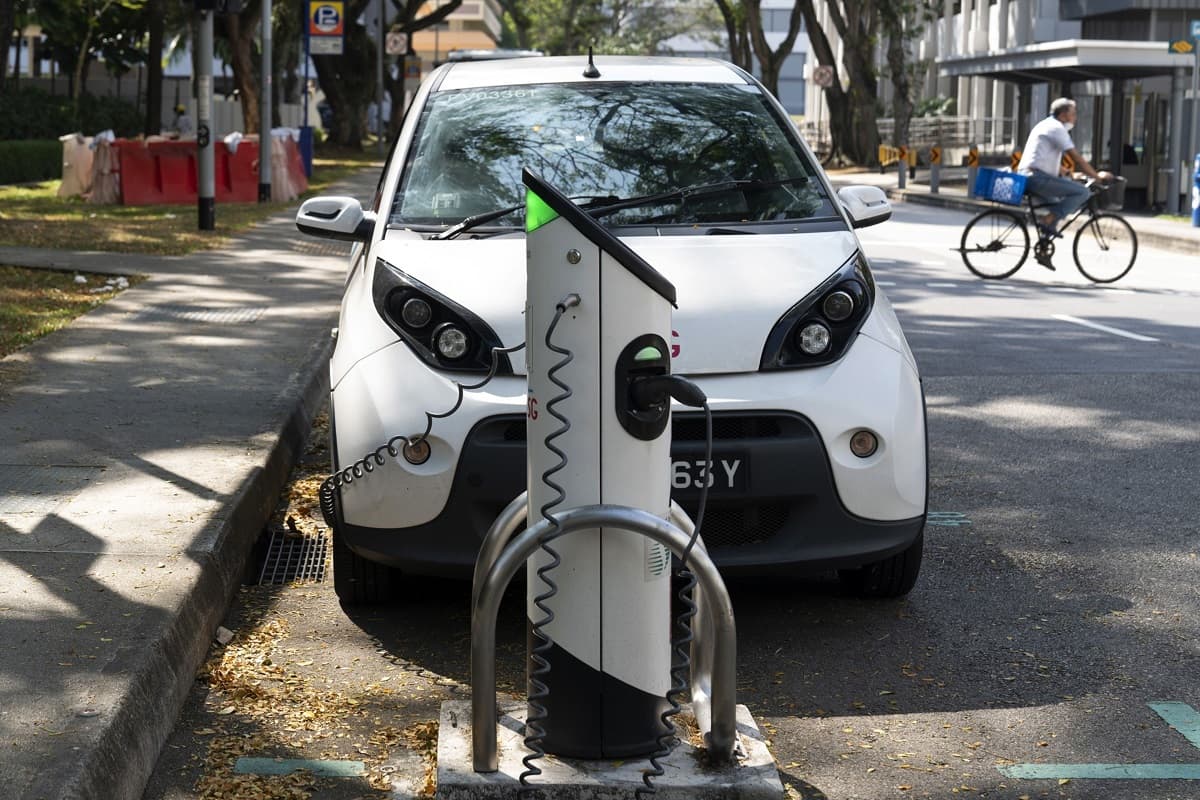
KUALA LUMPUR (June 4): The adoption of electric passenger vehicles is expected to be instrumental in a global frenzy to beef up the world’s lithium-ion (Li-ion) battery manufacturing capacity to meet surging demand.
According to Norway-based independent energy research and business intelligence company Rystad Energy, together with other forms of electrified transport and storage applications, annual demand for batteries will approach seven terawatt-hours (TWh) in 2030.
In a statement on its website yesterday, Rystad said given that factory capacity stood at just 0.76 TWh at the end of 2020, investments of some US$560 billion (about RM2.31 trillion) are likely needed to cover the shortfall.
It said with cumulative historical investments made in Li-ion manufacturing having reached a relatively modest US$128 billion by the end of 2020, this decade’s spending to meet demand will mean the Li-ion battery manufactory industry will raise cumulative historical investments in the sector to about US$690 billion by 2030, and to more than a trillion dollars in the years that follow.
The firm explained that the cost to build battery manufacturing capacity had shrunk over time and the expected investment will drive total manufacturing capability in the 2030s to 6.9 TWh.
Of that, it said 6.5 TWh include the current capacity and coming additions by planned investments, along with unspecified projects that global companies have proposed.
The remaining 0.4 TWh should be plugged in with other projects that are needed if global demand is to be met, it said.
Rystad said plans for so called gigafactories — facilities able to produce an annual capacity of one gigawatt-hour (GWh) or more — are growing and are contributing to economies of scale that allow more cost-efficient fabrication of battery cells.
“Our outlook for the decade includes around 3 TWh in announced projects thus far, with an additional 3.4 TWh expected to come into the mix by 2030 on the back of expansion plans put forward by Contemporary Amperex Technology Co Ltd (CATL) and Tesla,” it said.
Rystad senior analyst Matthew Wilks said the firm’s research shows that US$80 billion of battery sales are lined up for 2021, a 26% increase on 2020 levels.
“Given the surge in demand for batteries, we expect annual sales to reach US$130 billion in 2025 and almost US$160 billion in 2030.
“This growth rate is lower than that of global capacities, but due to expected changes in battery chemistries and learning curve savings, battery costs are expected to drop this decade, increasing profit margins,” he said.
